Home>Gardening & Outdoor>Outdoor Structures>How To Build A Patio Pergola
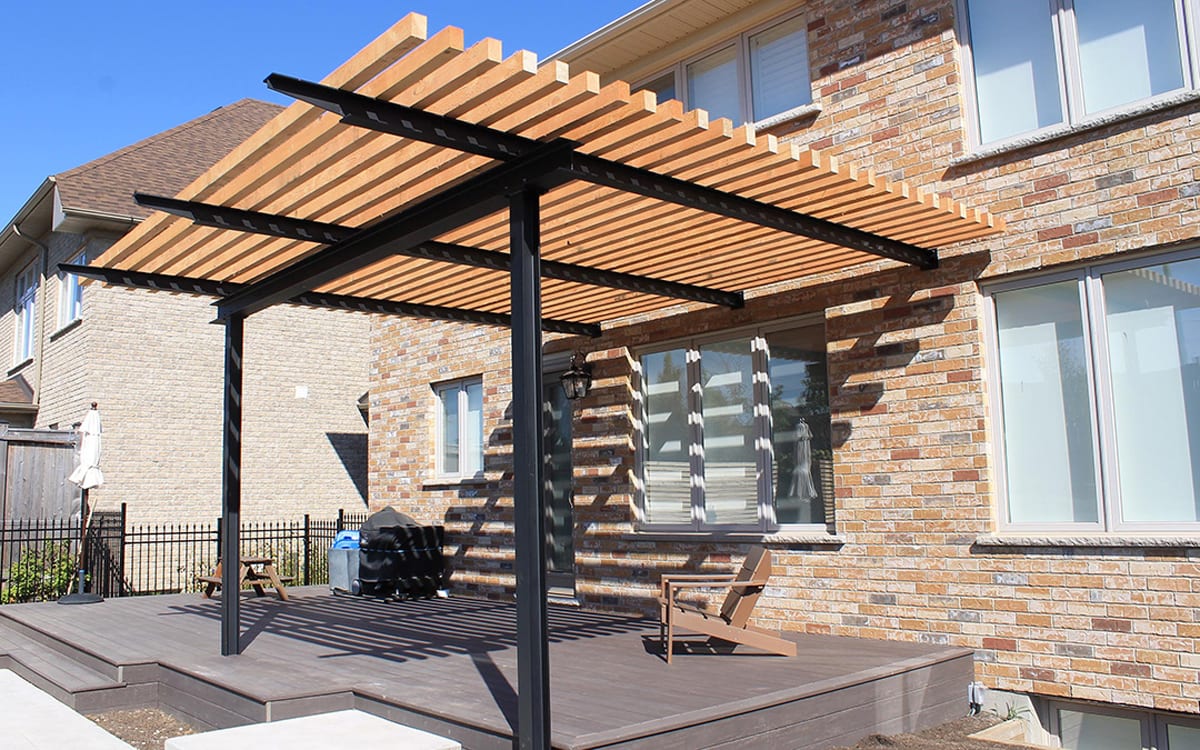

Outdoor Structures
How To Build A Patio Pergola
Modified: September 1, 2024
Learn how to build a stunning patio pergola and enhance your outdoor space with our expert tips and guidance on outdoor structures. Create the perfect retreat for relaxing and entertaining.
(Many of the links in this article redirect to a specific reviewed product. Your purchase of these products through affiliate links helps to generate commission for Storables.com, at no extra cost. Learn more)
Introduction
Are you looking to enhance your outdoor living space? Building a patio pergola can be the perfect way to create a charming and functional addition to your home. A pergola not only provides a stylish focal point but also offers a comfortable and inviting area to relax, entertain, and enjoy the beauty of your outdoor surroundings.
In this comprehensive guide, we will walk you through the process of building your own patio pergola. Whether you're a seasoned DIY enthusiast or a novice looking to take on a new project, this article will provide you with the essential steps and considerations to bring your vision to life.
From planning and designing to selecting the right materials and executing the construction, we'll cover everything you need to know to build a sturdy and visually appealing patio pergola. By the end of this guide, you'll be equipped with the knowledge and confidence to embark on this gratifying endeavor and create a captivating outdoor space that reflects your personal style and enhances your lifestyle. So, let's dive in and explore the exciting world of patio pergola construction!
Key Takeaways:
- Planning and designing your patio pergola is crucial for creating a beautiful and functional outdoor space that complements your home and personal style.
- Choosing the right materials and adding finishing touches, such as plants and lighting, can enhance the longevity and visual appeal of your patio pergola, creating a welcoming retreat for relaxation and entertainment.
Read more: How To Build A Pergola On A Patio
Planning and Designing Your Patio Pergola
Before picking up your tools, it’s vital to carefully plan and design your patio pergola. This initial phase sets the stage for a successful and satisfying construction process. Start by envisioning how you intend to use the pergola. Will it serve as a cozy outdoor seating area, a dining space, or a place for climbing plants to flourish? Understanding its primary purpose will help you determine the size, layout, and features that will best suit your needs.
Consider the architectural style of your home and outdoor space. Your pergola should harmonize with the existing structures and landscape, creating a seamless and aesthetically pleasing environment. Take measurements and mark the location where the pergola will be situated. This will allow you to visualize its impact on the overall space and make any necessary adjustments before proceeding.
When it comes to the design, there are various styles and shapes to choose from, such as traditional, modern, arched, or curved. Select a design that complements your home’s architecture and aligns with your personal taste. You can also incorporate decorative elements, such as lattice panels, to add character and charm to the structure.
Another essential aspect of the planning phase is obtaining any required permits or approvals from local authorities. Building regulations and codes vary by location, so it’s crucial to ensure that your pergola complies with all relevant standards. Consulting with a professional or your local building department can provide valuable guidance in this regard.
Furthermore, consider the positioning of the pergola in relation to the sun’s path throughout the day. This will help you determine the ideal orientation to maximize shade and comfort. Additionally, think about how you can integrate lighting, fans, or retractable canopies into the design to enhance the functionality and ambiance of the pergola, especially for evening enjoyment.
By carefully planning and designing your patio pergola, you’ll lay a solid foundation for a successful and rewarding construction journey. With a clear vision and thoughtful consideration of all relevant factors, you’ll be well-prepared to move on to the next steps of material selection and construction.
Choosing the Right Materials
When it comes to building a patio pergola, selecting the right materials is crucial for ensuring longevity, durability, and visual appeal. The choice of materials not only influences the overall look of the pergola but also determines its ability to withstand the elements and the test of time.
One of the primary considerations is the type of wood to use for the structure. Cedar, redwood, and pressure-treated pine are popular choices due to their natural resistance to decay and insects. Cedar, in particular, is prized for its beauty, stability, and aromatic scent. If you prefer a low-maintenance option, vinyl and aluminum pergolas offer excellent durability and require minimal upkeep.
For the roof or overhead structure, you can opt for traditional wooden beams, lattice, or rafters. Alternatively, polycarbonate panels provide protection from the elements while allowing natural light to filter through. If you desire a more organic and rustic feel, consider using bamboo or thatch for a unique and tropical-inspired aesthetic.
In addition to the primary structural components, you’ll need to choose hardware and fasteners that are suitable for outdoor use. Stainless steel or galvanized hardware is ideal for resisting corrosion and ensuring the structural integrity of the pergola. These components play a critical role in securing the various elements of the pergola and should be selected with durability in mind.
When it comes to decorative features and finishes, the possibilities are endless. From ornamental post caps and finials to decorative brackets and trim, these details can elevate the visual appeal of your pergola and add a touch of elegance. Staining or painting the wood can further enhance its appearance while providing protection against weathering.
Consider the climate and environmental conditions in your area when choosing materials. If your region experiences harsh winters or intense sunlight, selecting materials that can withstand these challenges is essential for ensuring the longevity of your pergola.
By carefully considering the materials for your patio pergola, you can create a structure that not only complements your outdoor space but also stands the test of time, providing you with a beautiful and functional addition to your home for years to come.
Building the Foundation
Before you begin constructing the superstructure of your patio pergola, it’s essential to lay a solid foundation that will provide stability and support for the entire structure. The type of foundation you choose will depend on various factors, including the pergola’s size, the local climate, and the composition of the ground where it will be installed.
If you’re building a smaller pergola or installing it on an existing concrete or paver patio, you may opt for anchor brackets that can be secured directly to the hard surface. This eliminates the need for digging and pouring concrete footings, making the installation process more straightforward and less time-consuming.
For larger or freestanding pergolas, digging post holes and pouring concrete footings is the preferred method for creating a stable foundation. The depth and diameter of the holes will be determined by local building codes and the specific requirements of your pergola design. It’s crucial to ensure that the footings are below the frost line to prevent upheaval during freeze-thaw cycles.
Once the post holes are dug, the next step is to set the posts in place and pour concrete to secure them. It’s essential to use a level to ensure that the posts are perfectly plumb and aligned according to your design layout. Allow the concrete to cure fully before proceeding with the construction of the pergola superstructure.
For added protection against moisture and decay, consider using post anchors or standoffs made from galvanized or stainless steel. These metal components create a barrier between the wood and the concrete, reducing the risk of water damage and prolonging the life of the structure.
Properly executed, a sturdy foundation will ensure the structural integrity and longevity of your patio pergola. By taking the time to establish a reliable base, you’ll set the stage for a successful and enduring outdoor feature that will provide enjoyment for years to come.
When building a patio pergola, make sure to choose durable and weather-resistant materials to ensure longevity and minimal maintenance.
Constructing the Pergola
With the foundation in place, it’s time to embark on the exciting phase of constructing the superstructure of your patio pergola. This stage involves assembling the posts, beams, rafters, and any additional decorative elements that will define the character and functionality of the pergola.
Begin by positioning the posts in the designated locations, ensuring that they are securely anchored to the foundation and perfectly aligned according to your layout. Use a level to confirm that the posts are plumb and make any necessary adjustments before proceeding. Once the posts are in position, you can attach the beams or headers that will span between them, providing the framework for the roof structure.
Depending on your design, you may choose to install cross beams or purlins perpendicular to the headers to create a grid-like pattern. This not only adds visual interest but also provides additional support for climbing plants or shade-providing elements. Secure all connections with appropriate hardware, ensuring that the components are firmly joined and capable of withstanding the elements.
Next, it’s time to install the rafters that will run parallel to the headers, forming the roof grid. The spacing and orientation of the rafters will depend on your design preferences and the level of shade or sunlight you wish to achieve. Be sure to measure and cut the rafters accurately to ensure a uniform and professional-looking result.
As the structure takes shape, take the opportunity to step back and assess the visual impact of the pergola. Consider how the interplay of light and shadow, along with the structural elements, contributes to the overall ambiance of the space. This is also the ideal time to make any final adjustments or additions to the design, such as decorative end cuts or additional trim details.
Throughout the construction process, attention to detail and precision in assembly are essential for ensuring a structurally sound and visually appealing pergola. By methodically following your design plan and carefully executing each step, you’ll soon witness the transformation of your outdoor space as the pergola becomes a captivating focal point that enriches your home and lifestyle.
Read more: How To Fix A Pergola To A Patio
Adding Finishing Touches
As the construction of your patio pergola nears completion, it’s time to add the finishing touches that will elevate its aesthetic appeal and functionality. These final details will not only enhance the visual impact of the pergola but also contribute to the comfort and enjoyment of the outdoor space.
One essential consideration is the choice of climbing plants or vines that will adorn the pergola. Selecting varieties such as wisteria, climbing roses, or jasmine can infuse the structure with natural beauty and fragrance while providing shade and privacy. Carefully plan the placement of planters or soil beds at the base of the posts to accommodate the growth of these climbing plants, ensuring they have adequate space and support to thrive.
Another popular addition is the installation of outdoor curtains or drapes that can be drawn to provide shade, block wind, or create a sense of privacy when desired. These fabric accents not only offer practical benefits but also introduce an element of softness and elegance to the pergola, transforming it into a cozy and inviting retreat.
To further enhance the functionality of the pergola, consider integrating outdoor lighting fixtures. String lights, lanterns, or sconces can illuminate the space for evening gatherings and create a captivating ambiance. Additionally, incorporating a ceiling fan or misting system can provide relief from the heat during the warmer months, ensuring that the pergola remains a comfortable and enjoyable area year-round.
For a decorative flourish, explore the option of adding ornamental elements such as decorative brackets, carved finials, or lattice panels. These embellishments can impart a sense of refinement and character to the pergola, elevating its visual appeal and creating a focal point that reflects your personal style.
Finally, consider the application of a protective finish to the wood, such as a stain or sealant, to safeguard it from the effects of weathering and UV exposure. This not only preserves the natural beauty of the wood but also extends the lifespan of the pergola, ensuring that it remains a cherished feature of your outdoor space for years to come.
By attending to these finishing touches, you’ll bring your patio pergola to its full potential, creating a captivating and functional outdoor retreat that enriches your home and provides a welcoming environment for relaxation, entertainment, and enjoyment of the natural surroundings.
Conclusion
Congratulations on completing the construction of your patio pergola! By embarking on this rewarding journey, you’ve not only added a captivating architectural feature to your outdoor space but also created a welcoming and versatile area for relaxation, entertainment, and enjoying the beauty of nature.
Throughout the process, you’ve navigated the essential steps of planning, designing, selecting materials, and executing the construction with care and consideration. Your thoughtful approach has resulted in a pergola that harmonizes with your home’s architecture, reflects your personal style, and enhances the functionality of your outdoor living space.
As you bask in the satisfaction of your completed project, take a moment to appreciate the transformation that has taken place. The pergola stands as a testament to your creativity, craftsmanship, and dedication, providing a space where cherished memories will be made for years to come.
Whether you envision intimate gatherings with loved ones, tranquil moments of solitude, or vibrant outdoor celebrations, your patio pergola is poised to accommodate and enrich these experiences. The thoughtful integration of climbing plants, decorative elements, and functional enhancements ensures that the pergola will continue to evolve and adapt to your evolving needs and preferences.
As you settle into the enjoyment of your newly constructed pergola, remember to maintain and care for it to ensure its longevity and enduring beauty. Regular inspections, cleaning, and maintenance will preserve the structural integrity and visual appeal of the pergola, allowing you to relish its benefits for many years to come.
We hope this comprehensive guide has equipped you with the knowledge and inspiration to embark on your patio pergola construction journey with confidence and enthusiasm. May your pergola become a beloved extension of your home, a source of joy and relaxation, and a cherished backdrop for countless precious moments in the great outdoors.
Here’s to the enduring charm and endless possibilities of your patio pergola!
Frequently Asked Questions about How To Build A Patio Pergola
Was this page helpful?
At Storables.com, we guarantee accurate and reliable information. Our content, validated by Expert Board Contributors, is crafted following stringent Editorial Policies. We're committed to providing you with well-researched, expert-backed insights for all your informational needs.
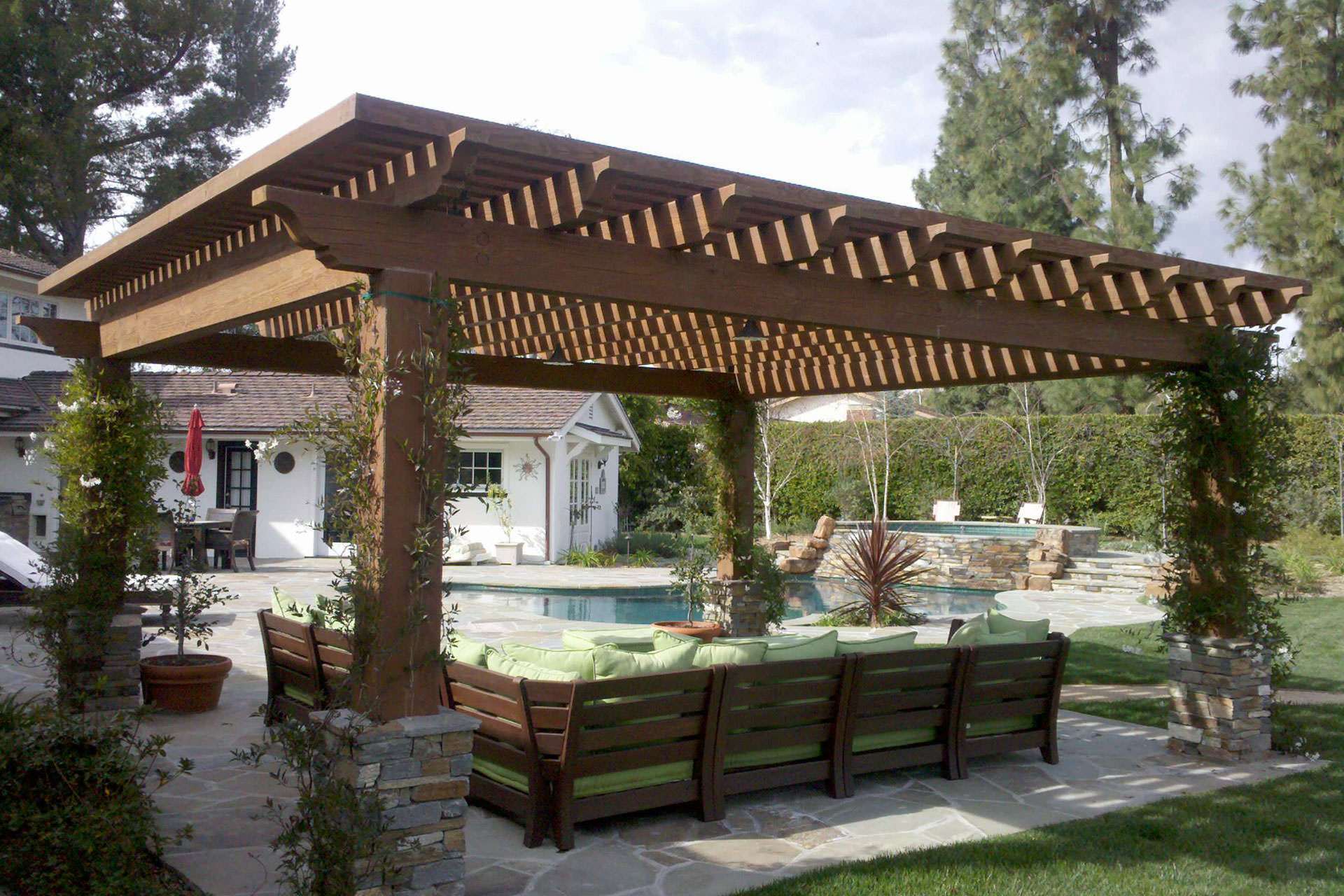
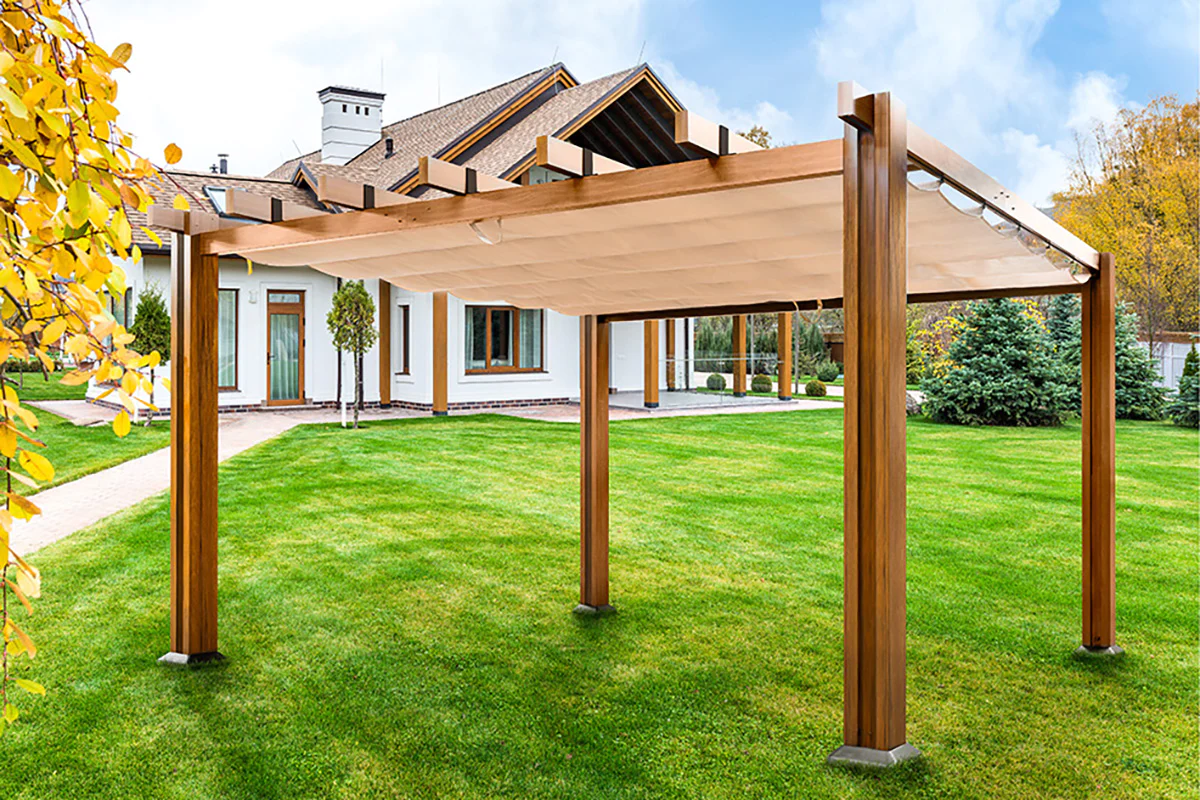
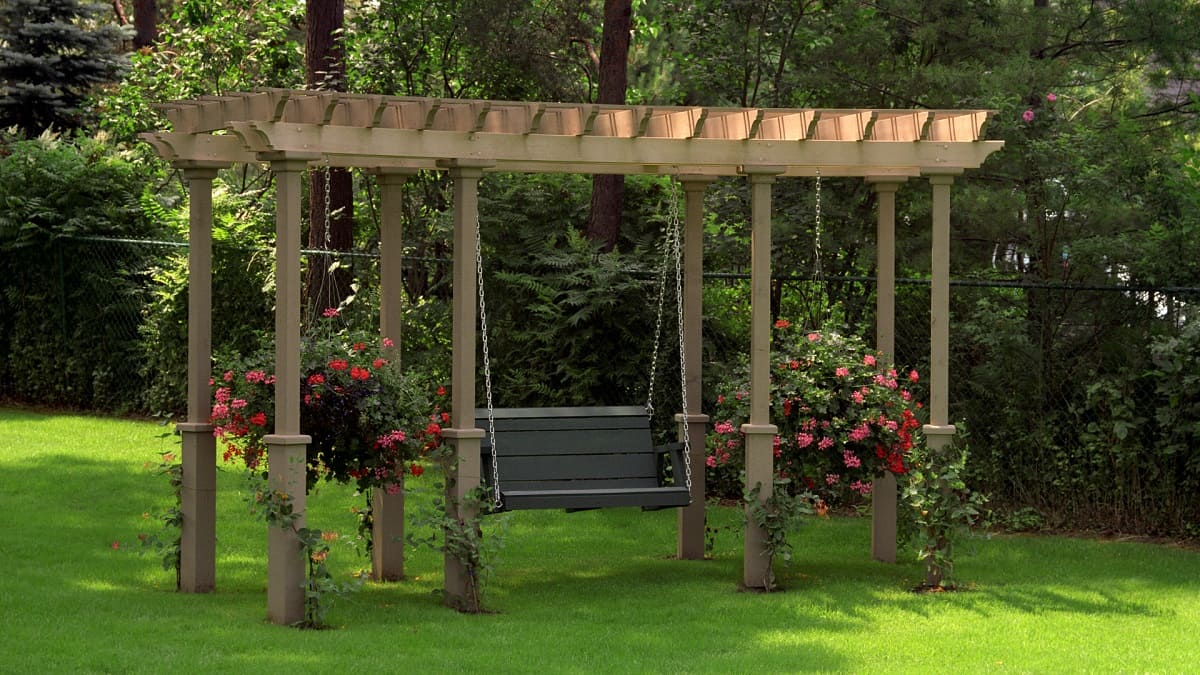

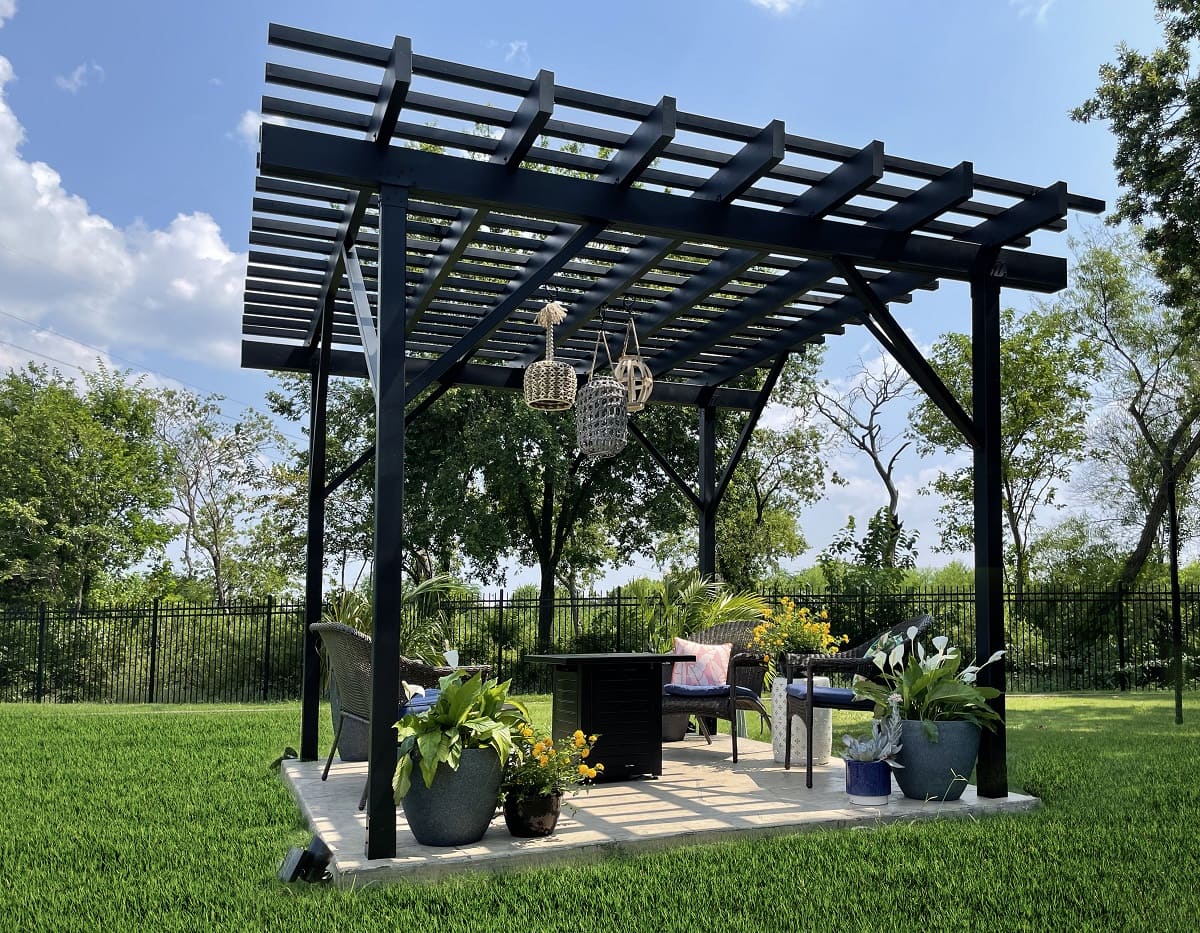
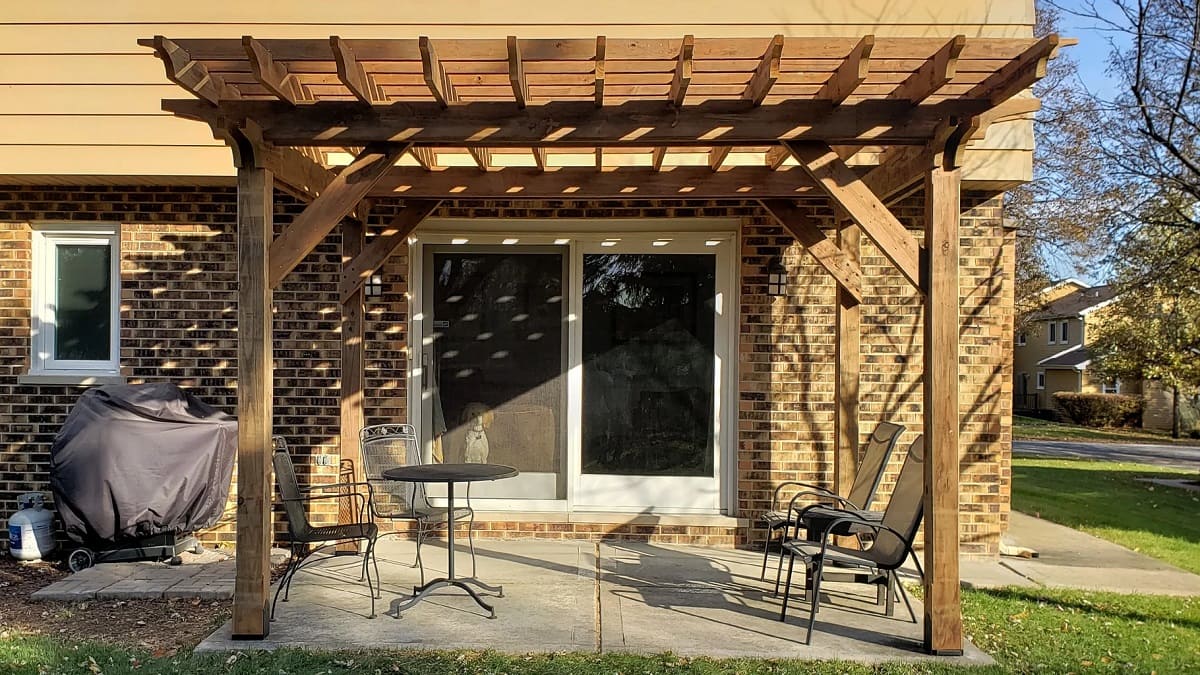
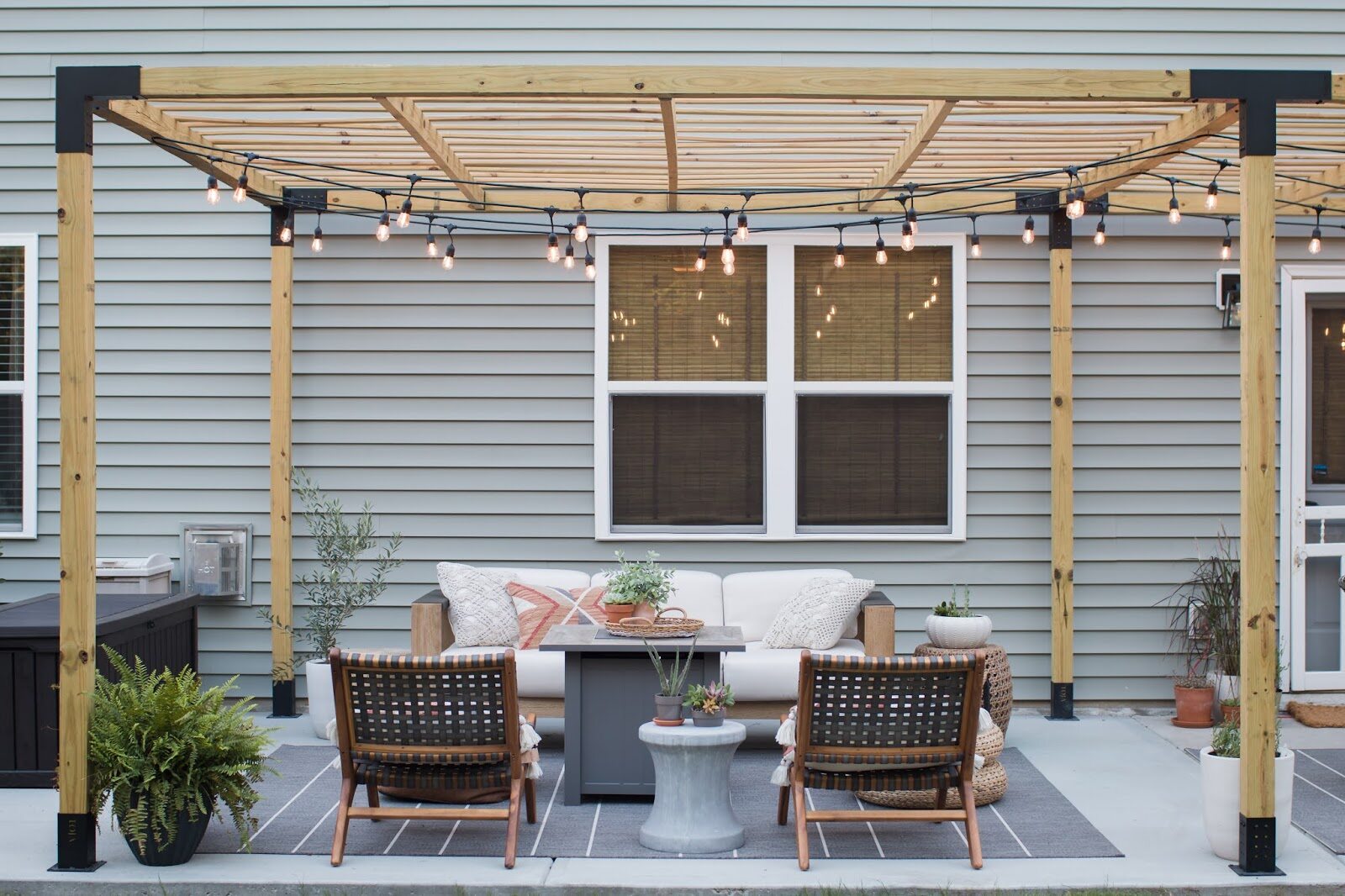

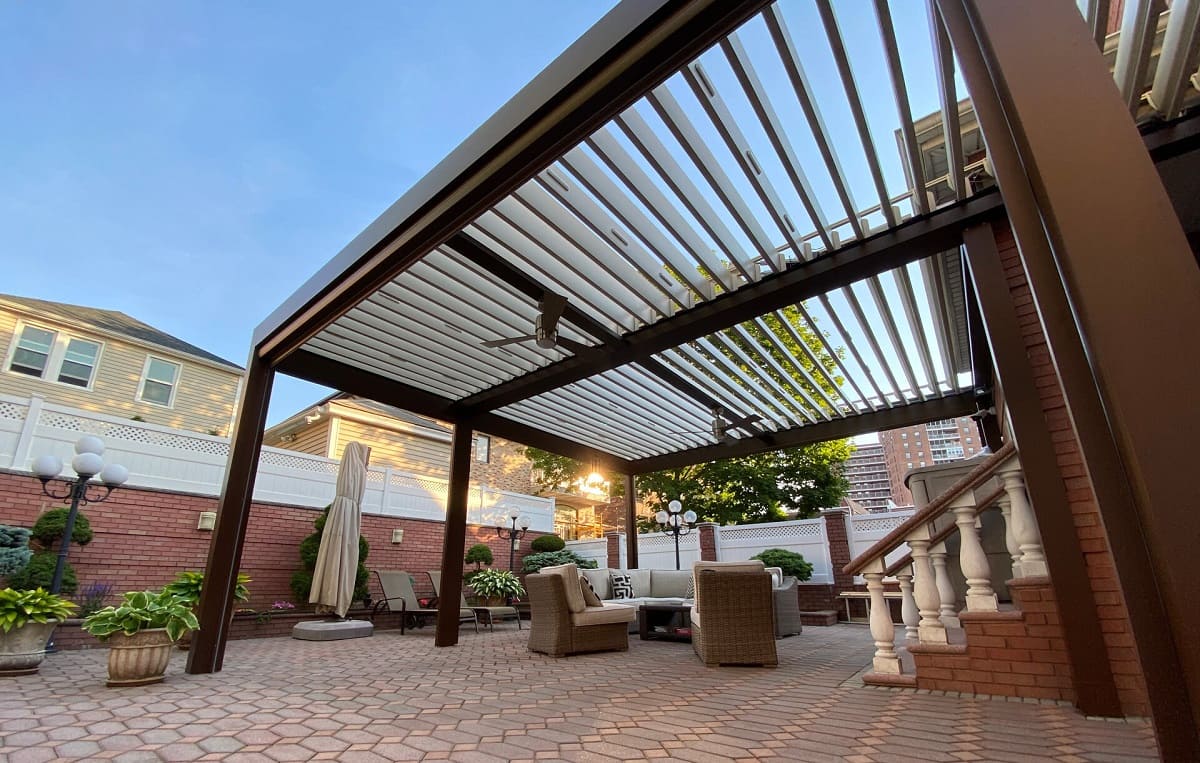
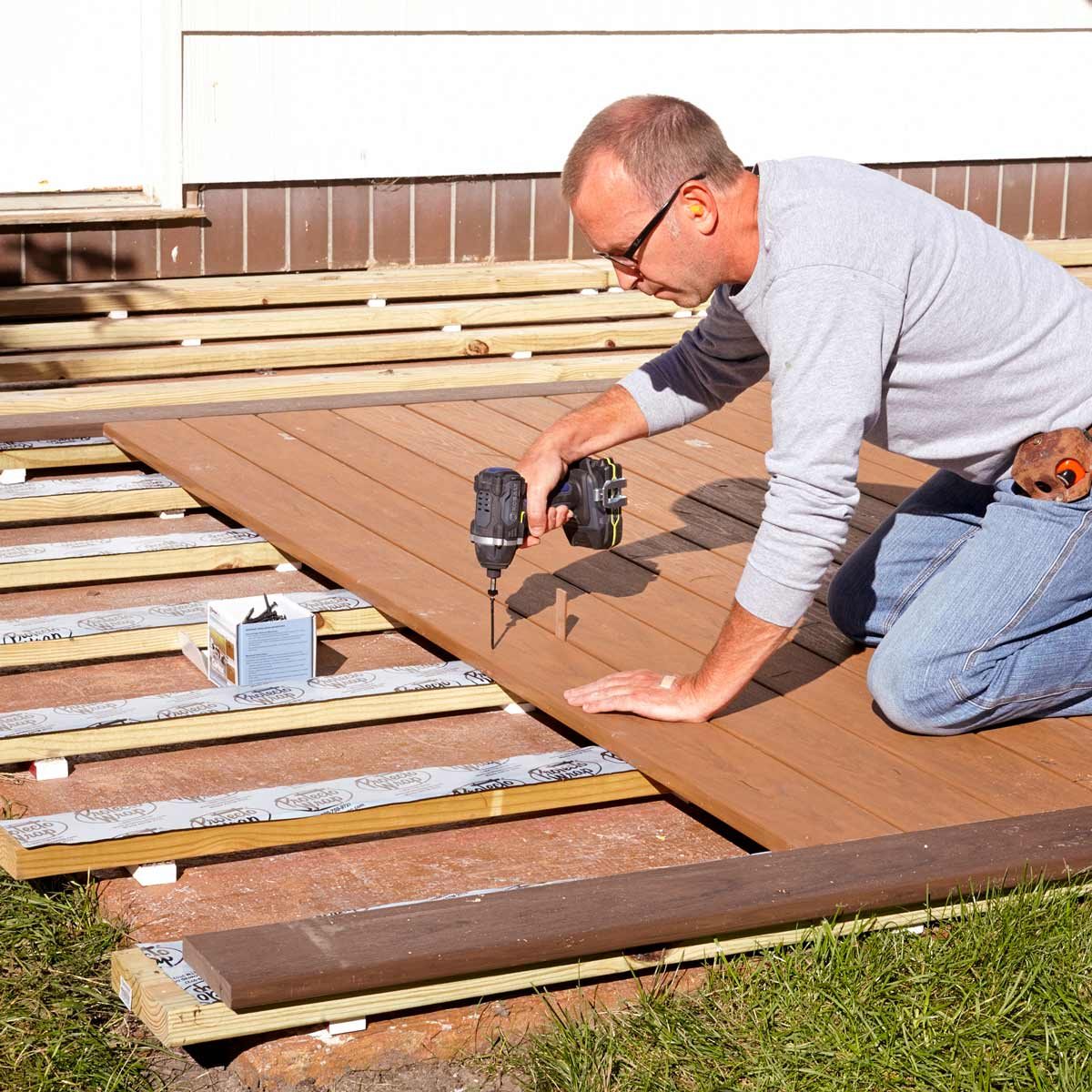
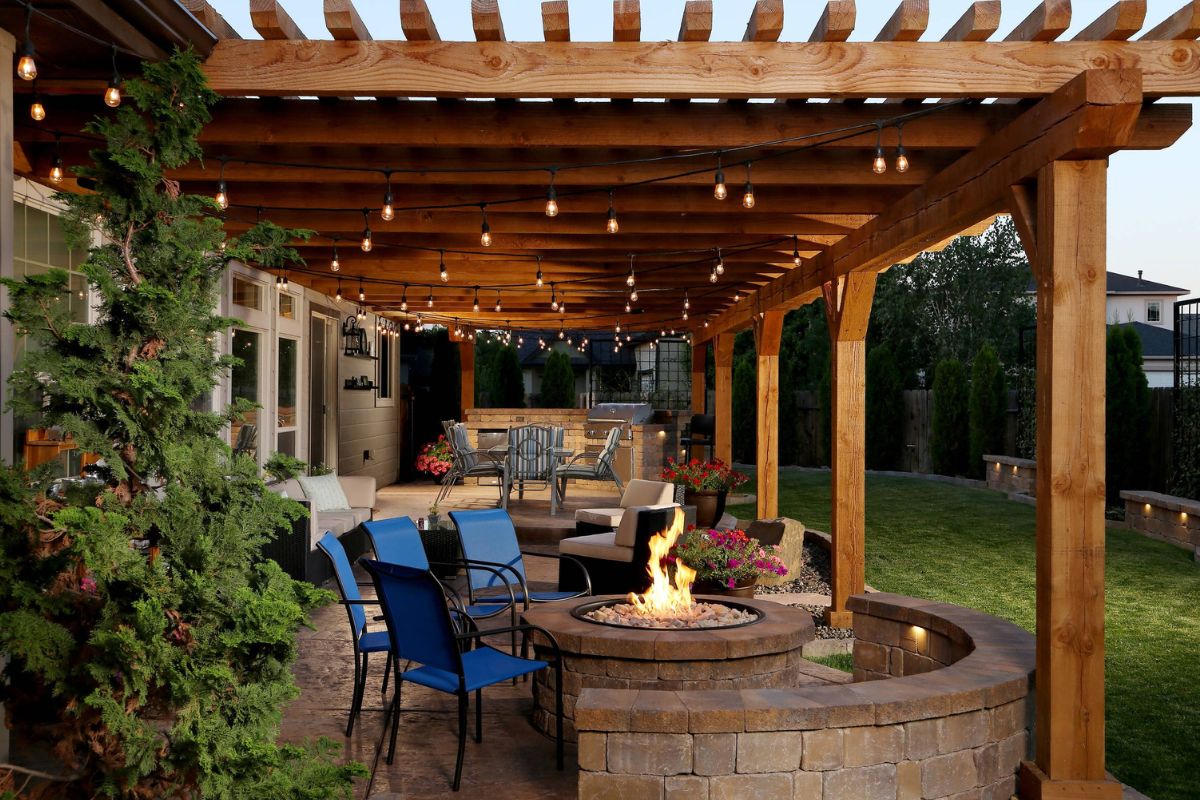
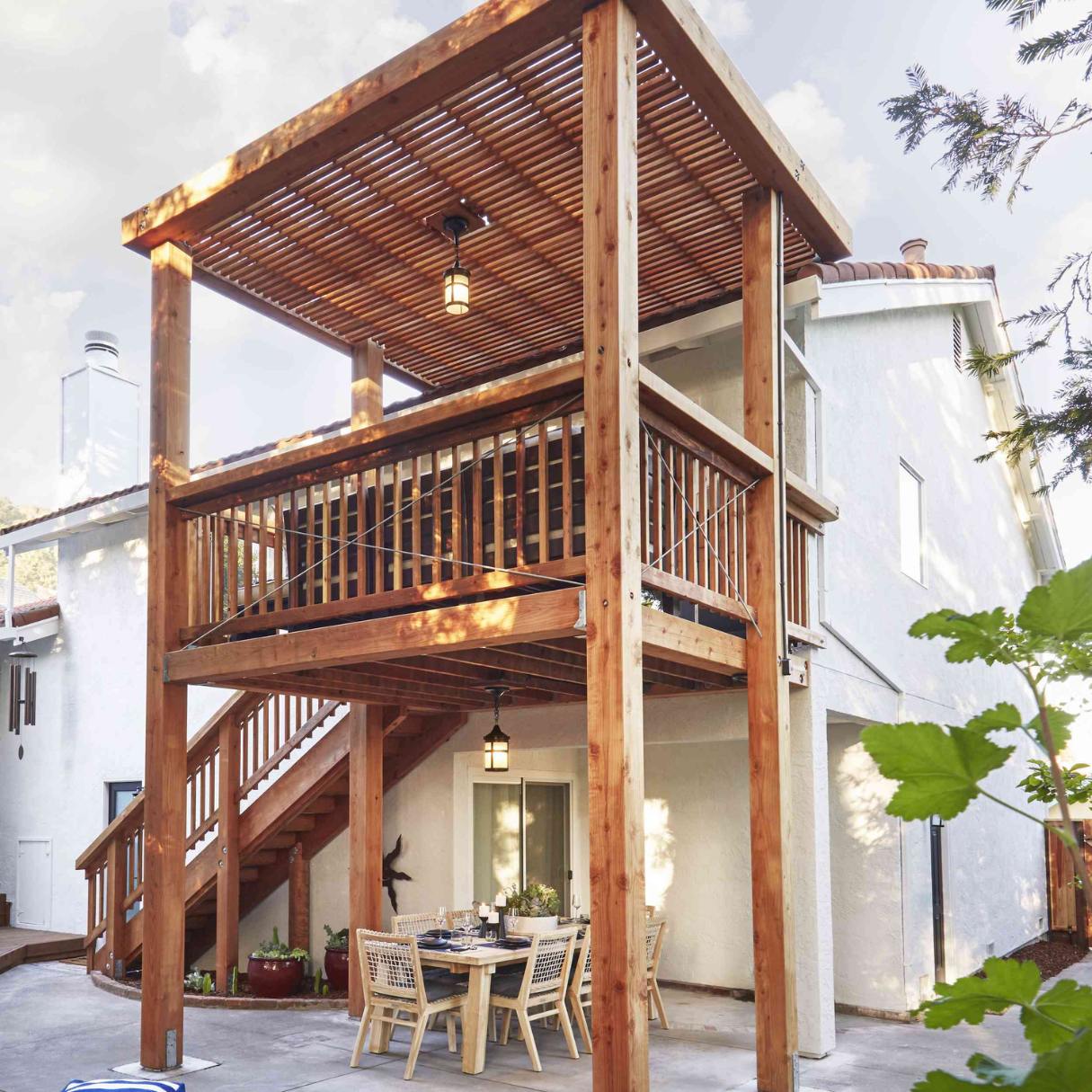

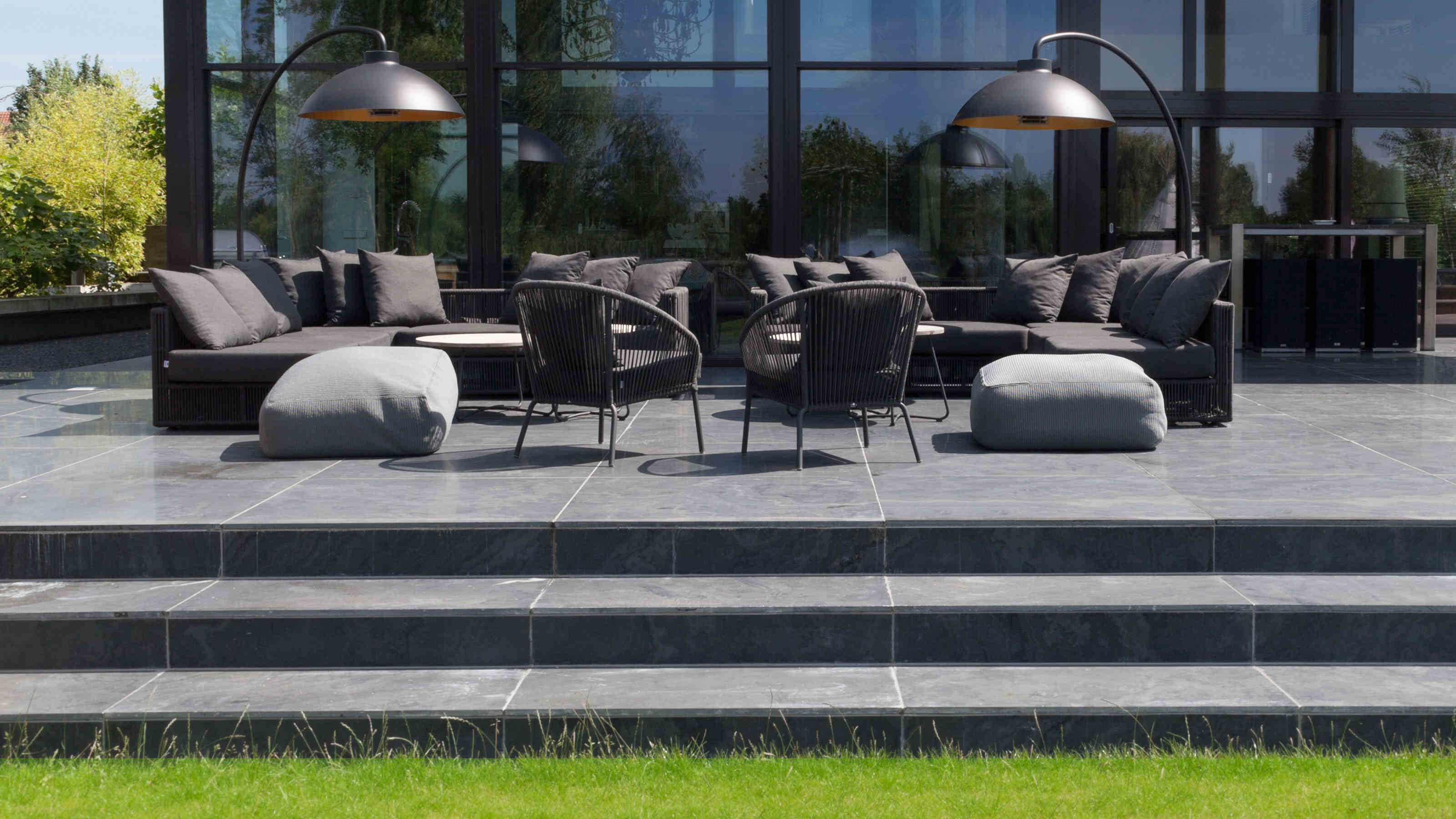

0 thoughts on “How To Build A Patio Pergola”